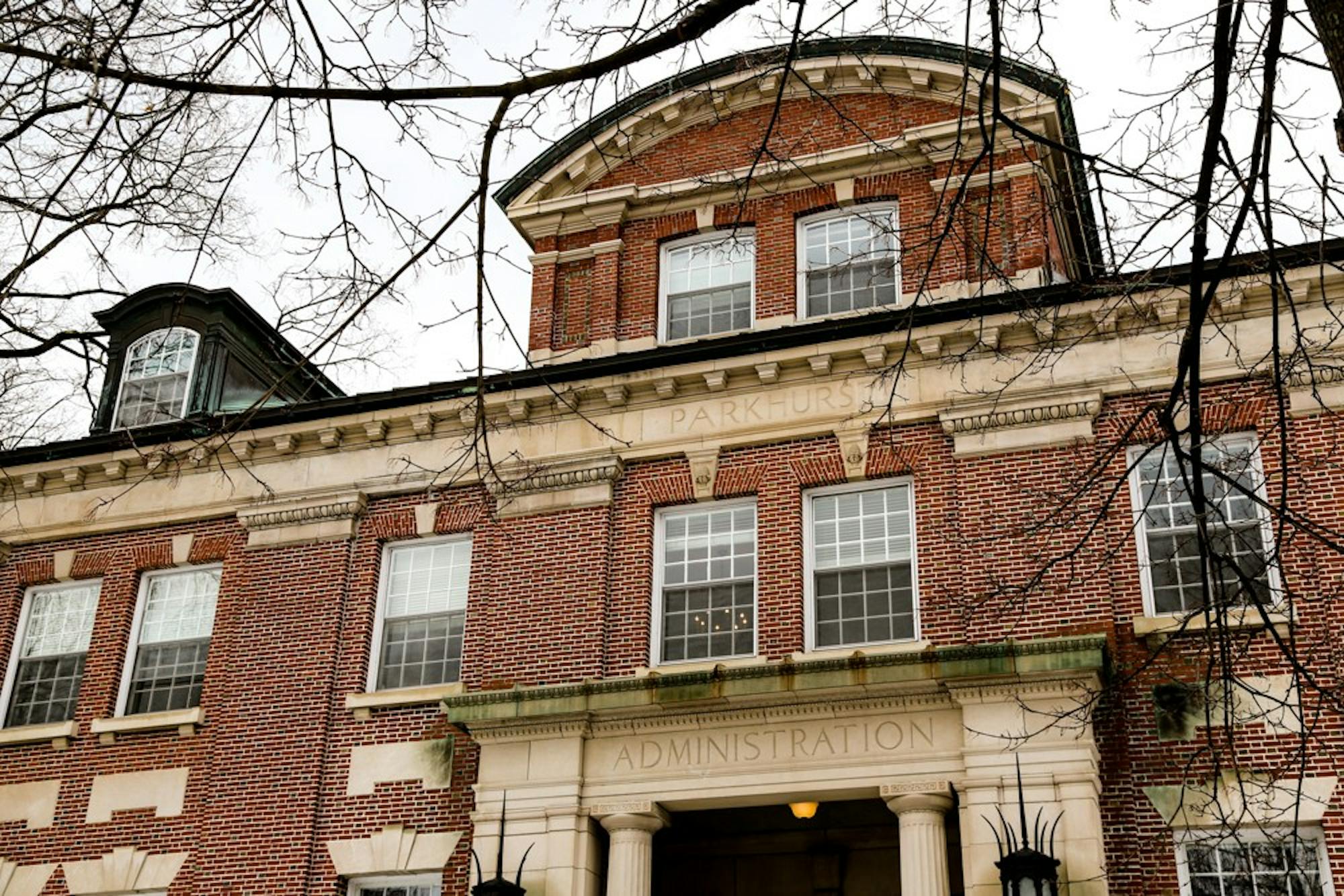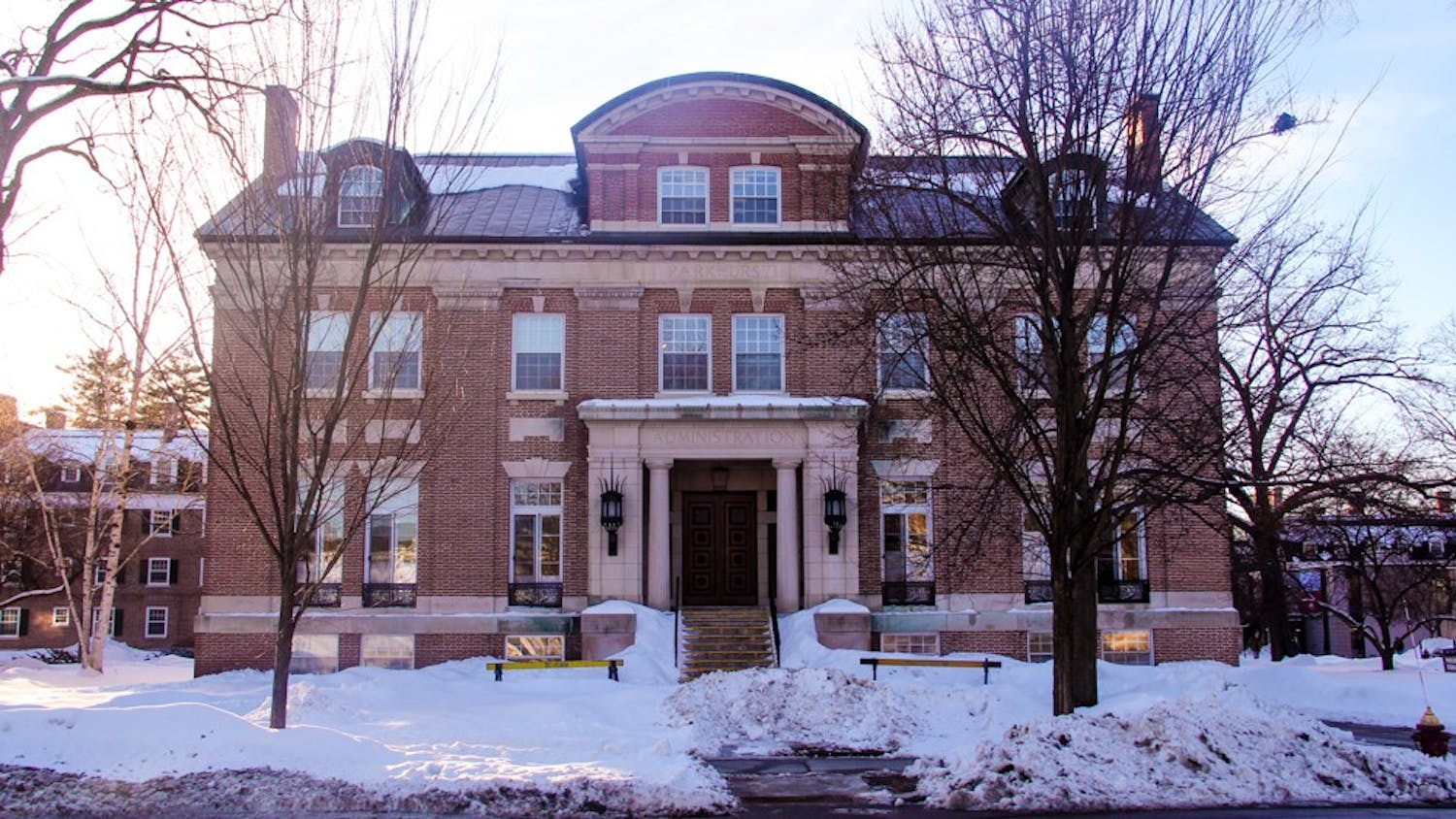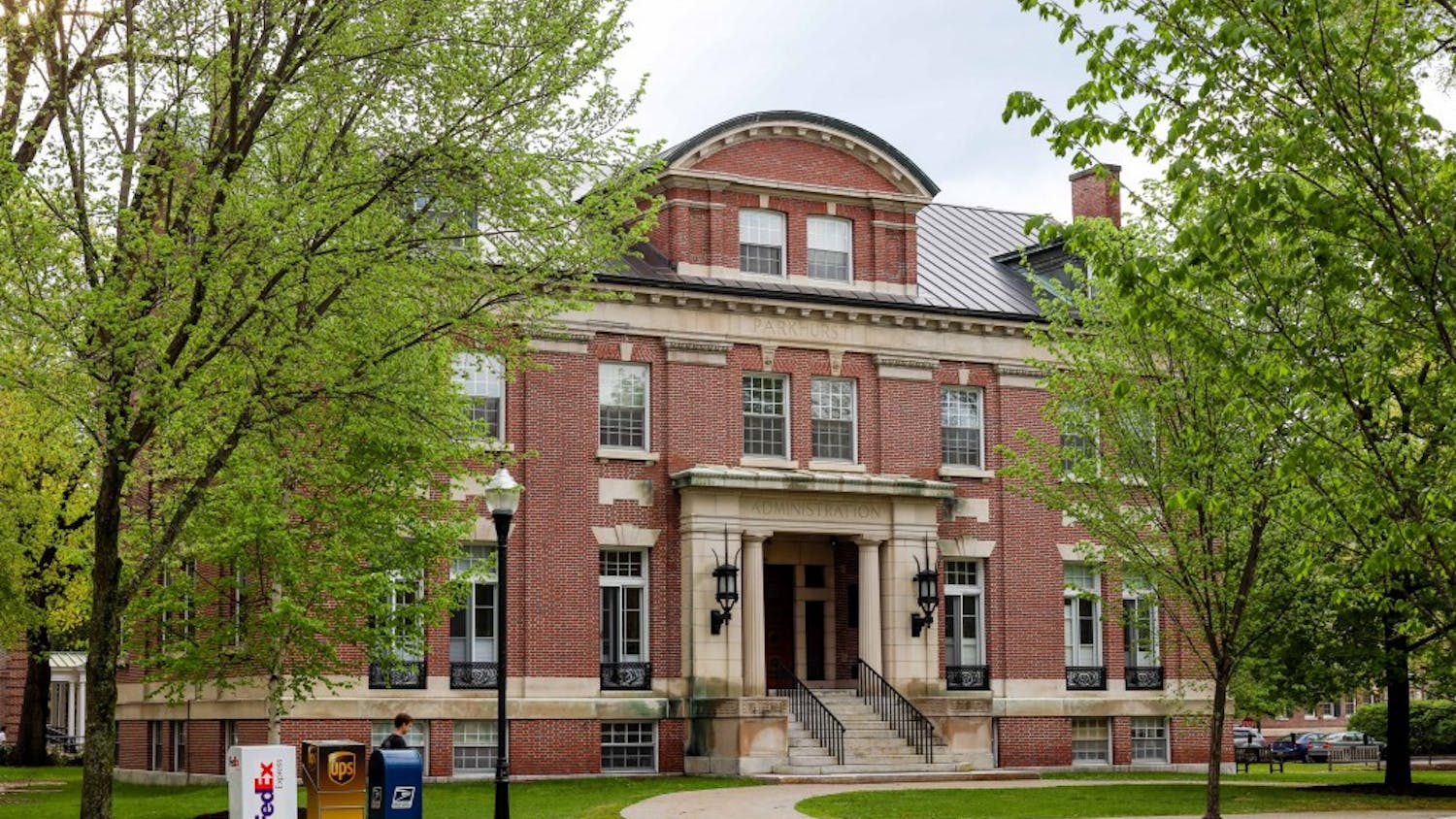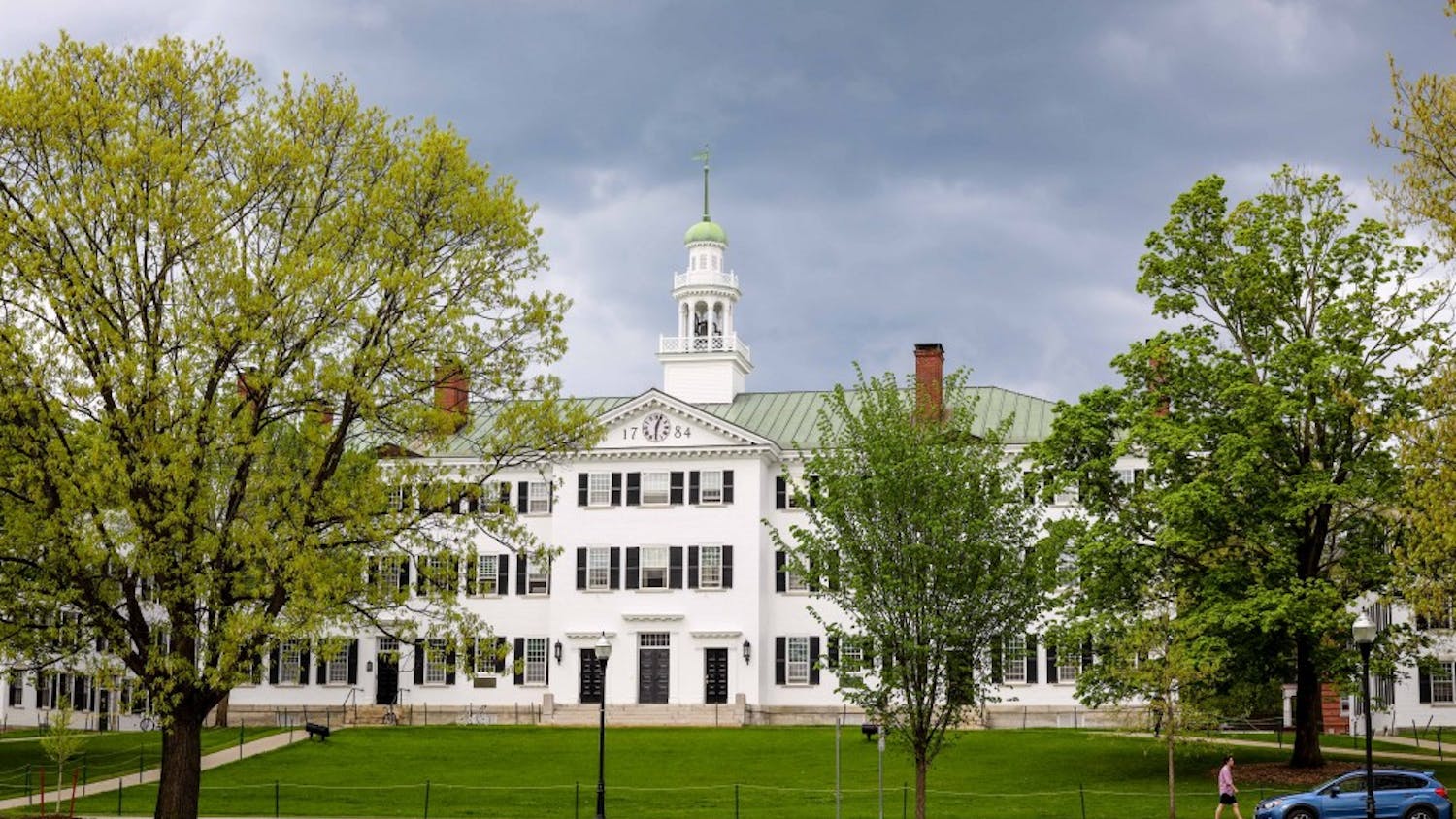Despite the national economic downturn due to COVID-19, the College’s endowment grew to a record high of $5.98 billion this year. In total, the College’s investments yielded a 7.6% return, up slightly from last year’s 7.5% return.
According to CEO of Dartmouth’s investment office Alice Ruth ’83, this year’s investment performance is “around the median” of the last four years’ performances. She added that the “vast majority” of the College’s return on investments come from growth of the endowment, though the College does have investments outside of the endowment. Although the College had projected a $32-million loss in investments as a result of economic impacts of COVID-19 this spring, the return of stock prices to pre-pandemic levels likely limited the impact on the endowment, according to economics professor Eric Zitzewitz.
Ruth described the performance of the endowment’s assets as a “mixed bag” this year, noting that there was “way more volatility” in stocks than normal due to COVID-19.
She added that endowment returns are particularly important to the institution, as withdrawals from the endowment contributed to nearly 30% of the College’s operating budget in fiscal year 2020.
Chief investment officer Kelsey Morgan ’02 Tu’08 said the College “focused on maintaining lots of liquidity and diversification” in its assets.
“With our focus on the long-term growth, maintaining steady returns is important for us,” Morgan said.
Morgan also noted that the money managers employed by the investment office took a “more conservative” approach to investing during the pandemic due to the sudden economic downturn in March. He added that the diverse assets used in the endowment portfolio, such as global equities, real estate, hedge funds and venture capital, helped to weather the economic downturn.
Zitzewitz said that in his opinion, the endowment’s return was a “little better” than expected given the economic downturn in March. He added that while the market hasn’t fully returned to its January highs, it is still up “a bit” from last June, the beginning of the College’s 2020 fiscal year.
“The equities market bounced back a lot quicker from the recession than I think many people expected,” Zitzewitz said. “Right now, the endowment is outperforming the standard benchmark of a portfolio, which is 60% stocks and 40% bonds.”
Zitzewitz suggested that the rebound in the stock market was due to policy changes from the Federal Reserve to cut interest rates to zero and to buy treasury bonds to “inject cash into the economy.” He added that “optimism” regarding a potential COVID-19 vaccine has also restarted growth in the stock market.
Dartmouth’s 7.6% return is near the top of its peer institutions. Yale University reported returns of 6.8% and Harvard University reported a return of 7.3% Brown University is so far leading the Ivy League in returns with a 12.1% return. Columbia University, Cornell University, Princeton University and the University of Pennsylvania have yet to report their investment returns.
“Overall, we’re performing in the top tier of our peer institutions that have already reported their returns,” Ruth said.
Although the endowment has grown to nearly $6 billion, the Board of Trustees elected not to change its current distribution rate — the percent of the endowment distributed to cover operating costs — for fiscal year 2021. According to Board of Trustees investment chair Chris Lord ’86, the Board aims for an annual draw rate of around 4%.
However, he added that this rate is not calculated based on the current size of the endowment, but on a formula that “emphasizes long term returns.”
“With an endowment, you can be up 20% one year and down 15% the next, so it doesn’t make sense to set the draw rate based on how it performed for just one year,” Lord said.
Lord also said that the main purpose of the endowment is to “preserve opportunity” for future generations of students. He noted that while the Board of Trustees has chosen to change the target draw rate periodically in the past, Trustees have not yet decided whether to make any changes in the draw rate for future years.
“We have to be very thoughtful about when we make any decisions to temporarily increase the draw rate,” Lord said. “We can’t take from future generations to fund the present.”
Correction appended (Oct. 7, 2020): A previous version of this article incorrectly attributed the idea that the return of stock prices to pre-pandemic levels limited the impact on the endowment to Ruth. The article has been updated to reflect that this idea was provided by Zitzewitz.




